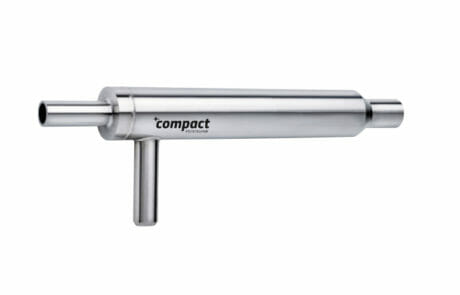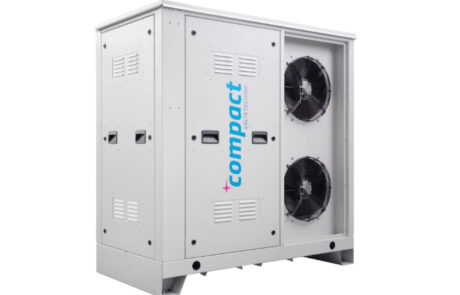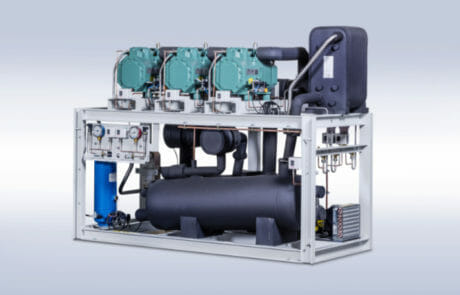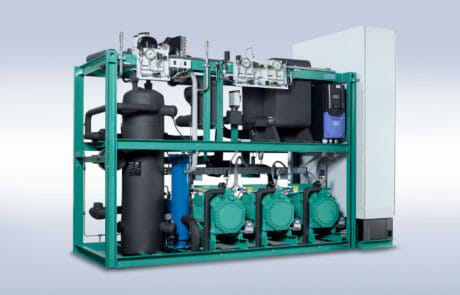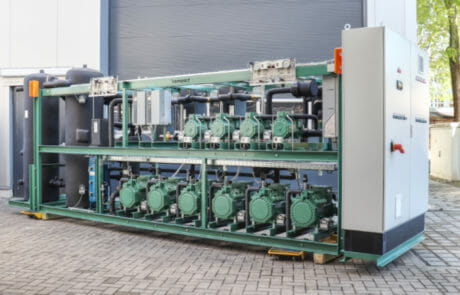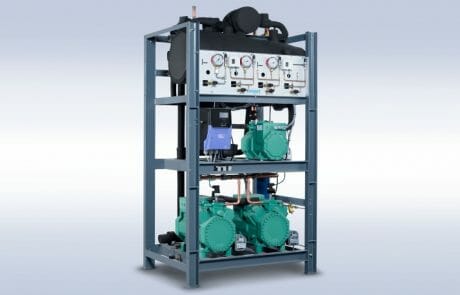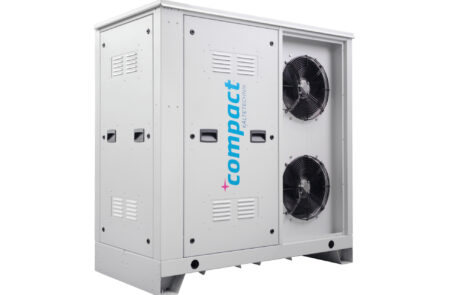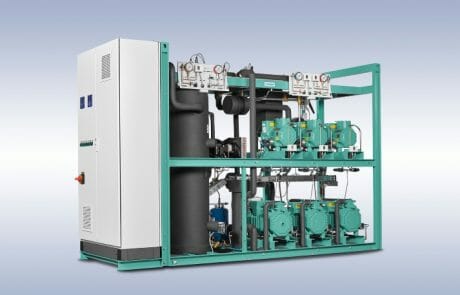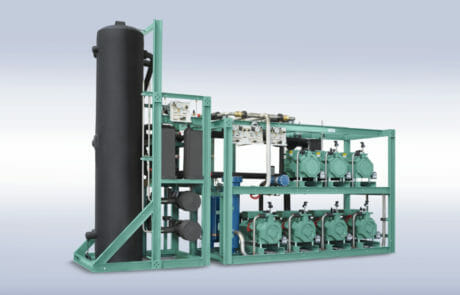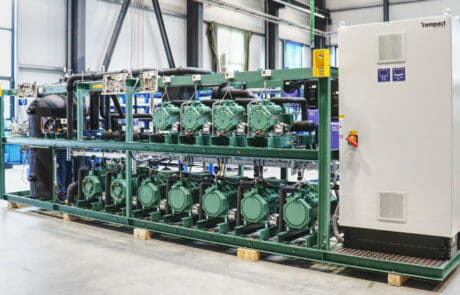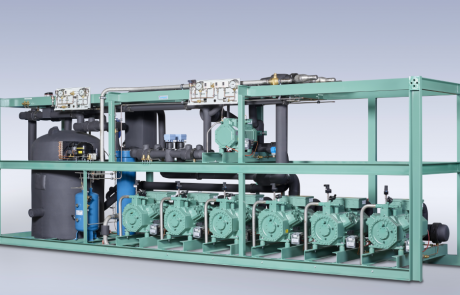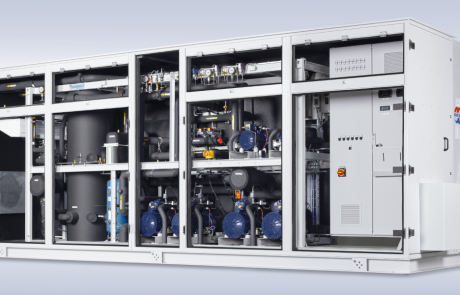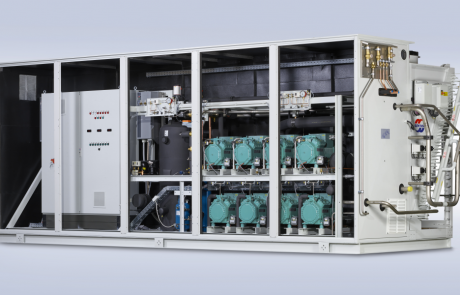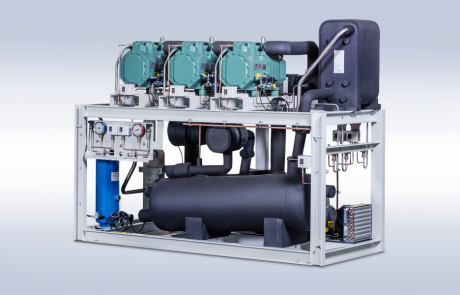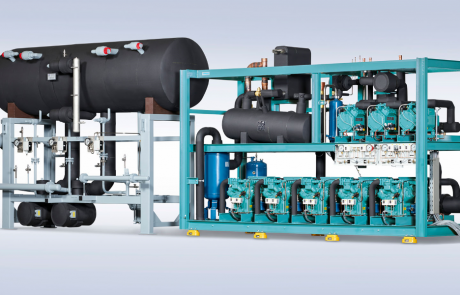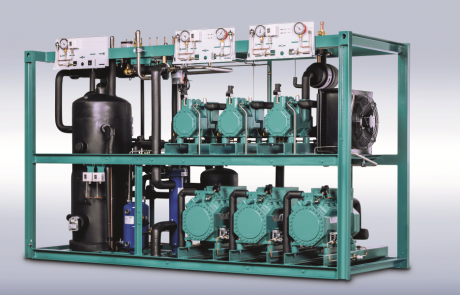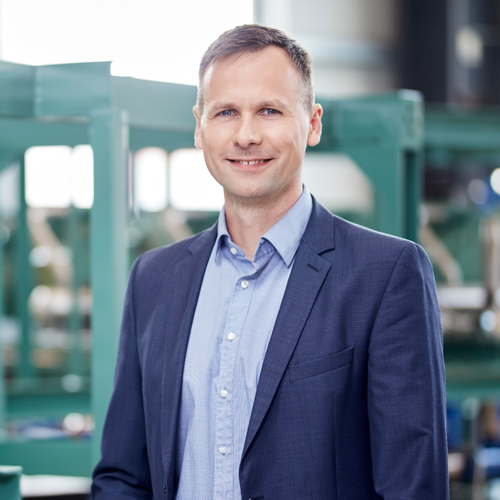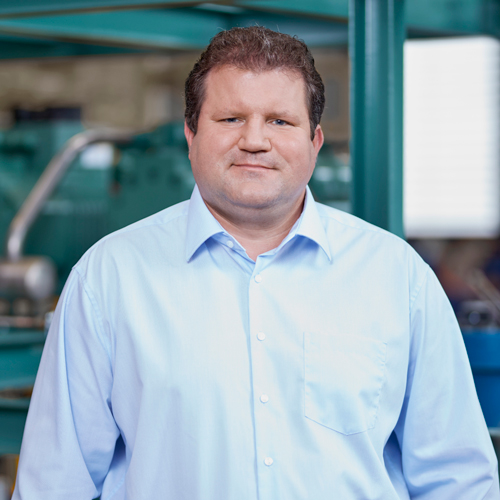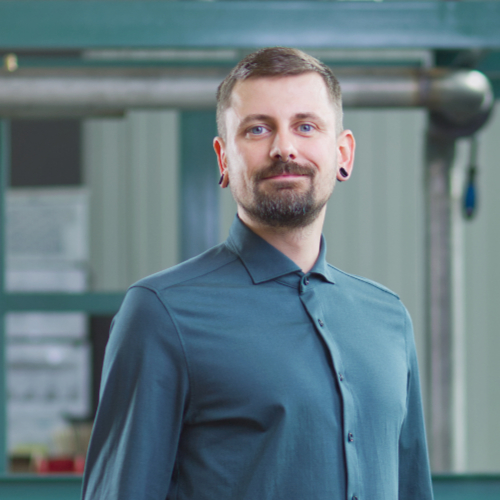Refrigerant CO2
Discover our eco-friendly refrigeration systems with the refrigerant CO2 (R744, carbon dioxide), with a GWP value of 1. By using a CO2 refrigeration system, you are opting for a long-term and efficient solution for many cooling tasks. No standards or laws prohibit the use of the natural refrigerant CO2.
Classified as an A1 refrigerant, it can be used largely without restrictions.
In commercial refrigeration, CO2 has become the standard refrigerant, due to the widespread use of booster systems. Its thermodynamic properties allow it to be used in a wide range of applications. Auch in Industrie, Lebensmittelherstellung und -lagerung werden zunehmend unsere CO2 Maschinen eingesetzt.
Products
Products
References
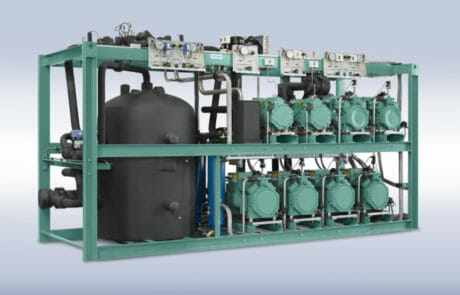
CO2 booster with flash gas bypass, parallel integrated climate control system
MT system for logistics warehouses
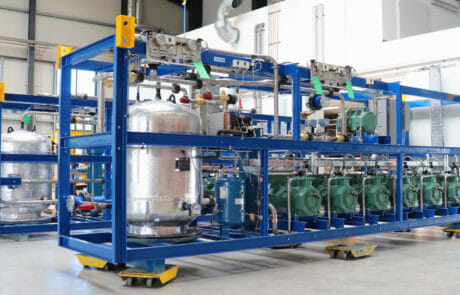
CO2 Booster for warehouse cooling
Booster system NK/TK for distribution warehouses
TK Booster with gas cooler for food production
CO2 cascade with pump operation for supermarket
References

CO2 booster with flash gas bypass, parallel integrated climate control system
MT system for logistics warehouses

CO2 Booster for warehouse cooling
Booster system NK/TK for distribution warehouses
TK Booster with gas cooler for food production
CO2 cascade with pump operation for supermarket
FAQ
Our FAQ area offers you a quick and convenient way to obtain information. If your question is not listed, please do not hesitate to contact us. We will be happy to help you.
CO2 (R744) as a refrigerant offers a number of advantages that make it particularly attractive for various applications:
Environmentally Friendly: with a Global Warming Potential (GWP) of 1, carbon dioxide contributes only minimally to the greenhouse effect.
Efficient Heat Transfer: CO2 has excellent thermodynamic properties. The high heat transfer rates lead to highly efficient refrigeration systems.
Non-Flammability: Carbon dioxide is a non-flammable refrigerant and as such, is categorised in safety group A1.
Non-Toxicity: CO2 is non-toxic and poses no health risk if handled correctly. It is the first choice for a natural refrigerant that is non-toxic and non-flammable.
Availability and Cost: CO2 is widely available as a natural refrigerant and is relatively inexpensive compared to synthetic refrigerants.
Versatile: Carbon dioxide can be used for a variety of applications, from commercial cold stores and supermarkets to industrial cooling processes and heat pumps.
However, it is important to note that carbon dioxide also presents challenges. Because of the high operating and standstill pressures, appropriate safety equipment is essential.
Carbon dioxide (CO2 or R744) is a safe and non-flammable refrigerant that is used in refrigeration systems and heat pumps. However, there are some aspects to consider when handling this refrigerant.
CO2 has a higher operating pressure than many other refrigerants. Special precautions and equipment are therefore required.
Even though CO2 is non-toxic, a high concentration in the air can lead to health problems. In enclosed spaces, excessively high concentrations of CO2 can lead to unconsciousness or even death by asphyxiation. Suitable ventilation systems and CO2 detectors are therefore required in order to ensure a safe working environment.
Overall, handling carbon dioxide as a refrigerant is only safe if appropriate safety measures and regulations are observed and complied with. The professional education and training of technicians and fitters is crucial for safe and efficient system operation.
No, the refrigerant CO2 (R744) is not covered by the F-Gas Regulation. This regulation was introduced in order to control and reduce the use and release of fluorinated greenhouse gases (F-gases). Fluorinated greenhouse gases are a group of industrially produced gases with a high global warming potential, that are used in a variety of industries.
Carbon dioxide, on the other hand, is a naturally occurring gas without fluorine or fluorinated components, with a global warming potential (GWP) of 1.
Because of its environmental friendliness and high efficiency, it is increasingly being used as a refrigerant. It is important to note that although CO2 has a small impact on global warming, it still contributes to it. Responsible handling of CO2 is a condition of environmentally friendly and safe system operation.
Contact
Discover a sustainable future with compact refrigeration technology! Our team will be happy to support you with efficient and environmentally friendly refrigeration solutions – contact us today.
